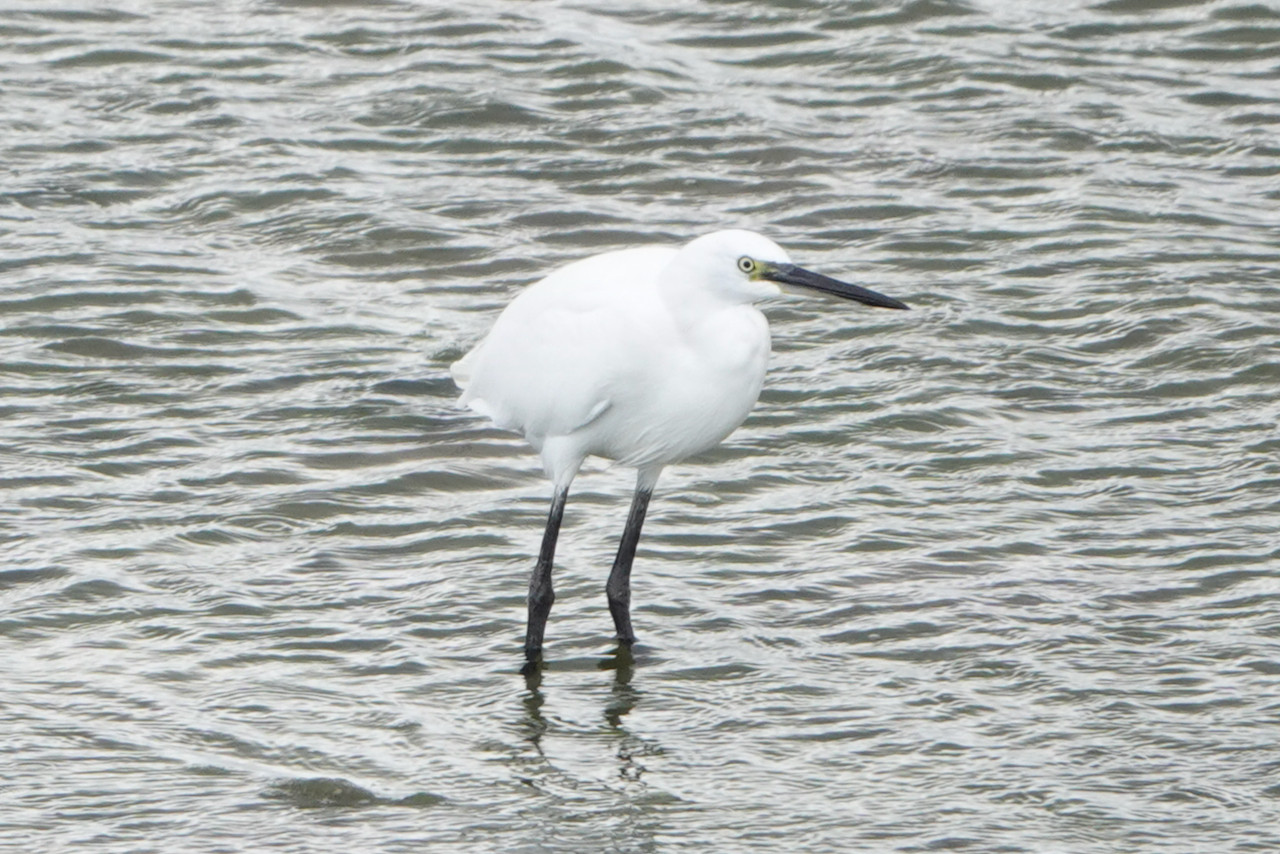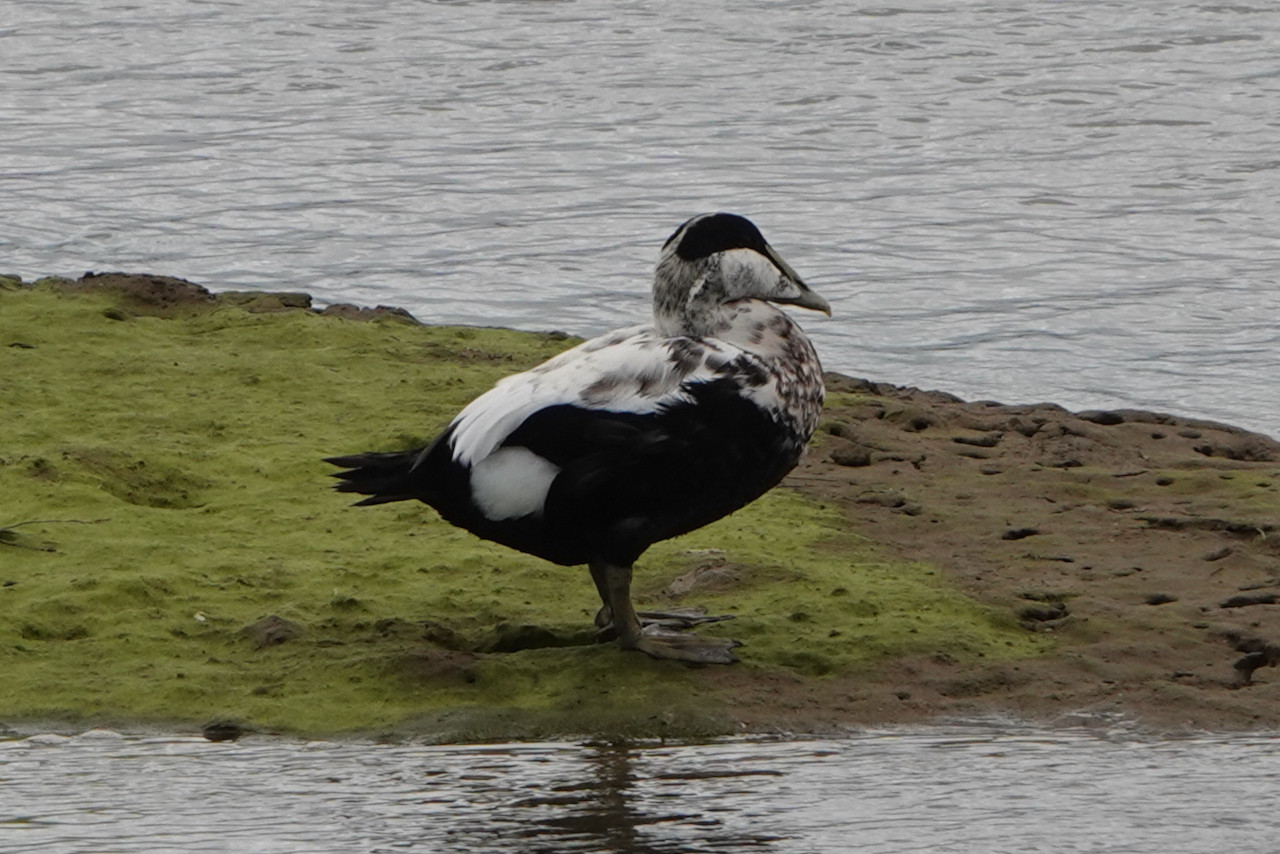Description
In the autumn and winter season, more than 130 species of birds can be observed in Marismas de Santoña. With very high numbers of ducks, waders and seagulls. Highlights: Rauðhöfðaönd, Fjöruspói, Spói, Bjarthegri, Grágæs, Tjaldur, Rauðbrystingur, Lóuþræll, Jaðrakan, Stelkur, Hettumáfur, Stargoði.
It is also an important place of migratory rest for the Flatnefur. Two other species that are very rare winters in the Iberian Peninsula, and that are frequent visitors in the Santoña marshes, are Æðarfugl, a large sea duck, and Snjótittlingur , a stubby passerine that inhabits the mountains of northern Europe.
Birds can be seen in all seasons of the year, although the best months begin in August and September, with the arrival of herons and waders. Then the first geese and ducks begin to arrive in October and November, until the highest concentration of birds in the marsh with a population of 10,000 to 20,000 birds of 50 different species occurs in late December and early January.
_________________________
Espagnol: La zona húmeda más importantes para las aves acuáticas del norte de la península ibérica, fundamental para la invernada y la migración de numerosas especies. En temporada otoñal e invernal se pueden observar más de 130 especies de aves, con cifras muy elevadas de anátidas, limícolas (correlimos común, zarapito real, chorlito gris, aguja colipinta...) y gaviotas. Destacan: el Rauðhöfðaönd , Fjöruspói , Spói , Bjarthegri , Grágæs , Tjaldur , Rauðbrystingur , Lóuþræll , Jaðrakan , Stelkur , Hettumáfur , Stargoði .
Es además un importante lugar de descanso migratorio para la Flatnefur . Otras dos especies que son muy raras invernantes en la Península ibérica, y que en las marismas de Santoña son asiduos visitantes, son el éider ( Æðarfugl ), pato marino de gran tamaño, y el Snjótittlingur (Plectrophenax nivalis), rechoncho paseriforme que habita las montañas del norte de Europa.
Se pueden observar aves en todas las estaciones del año, aunque los mejores meses comienzan en agosto y septiembre, con la llegada de las garzas y limícolas. Después comienzan a llegar en octubre y noviembre los primeros gansos y patos, hasta que a finales de diciembre y comienzos de enero, se produce la mayor concentración de aves en la marisma con una población de 10 000 a 20 000 aves, de 50 especies diferentes.
Humedal RAMSAR
Zona de Especial Protección para las Aves (ZEPA) Marismas de Santoña, Victoria, Joyel y Ría de Ajo (ES0000143)
Lugar de importancia comunitaria (LIC) Marismas de Santoña, Victoria y Joyel (ES1300007)
Details
Access
There are several bird observatories, the most prominent and easy to locate is La Arenilla. Located next to the road from Cicero to Santoña, it has a large parking lot.
_________________________
Espagnol: Existen varios observatorios de aves, siendo el más destacado y fácil de localizar el de La Arenilla. Ubicado junto a la carretera de Cicero a Santoña cuenta con un amplio aparcamiento.
Terrain and Habitat
WetlandConditions
Flat , Wet , Open landscape , SandyCircular trail
NoIs a telescope useful?
Can be usefulGood birding season
Autumn , WinterBest time to visit
Winter , Autumn , Autumn migrationDifficulty walking trail
Accessible by
Foot , Bicycle , Car , WheelchairBirdwatching hide / platform
YesExtra info
There is an interpretation center in the port of Santoña. Address: Travesia Eguilor. El Mirador de Las Marismas building. Puerto de Santona, 39720 Santoña. Telephone: 942 67 17 24.
Opening Hours: January to March from Wednesday to Friday from 10 a.m. to 3:30 p.m. and weekends and holidays from 10 a.m. to 6 p.m. April to June: from Wednesday to Friday from 10 a.m. to 5 p.m. and weekends and holidays from 10 a.m. to 7 p.m. July and August: Monday to Sunday from 10 a.m. to 7 p.m. September: Tuesday to Sunday from 10 a.m. to 7 p.m. October: Wednesday to Friday from 10 a.m. to 5 p.m. and weekends from 10 a.m. to 7 p.m. November and December: Wednesday to Friday from 10 a.m. to 3:30 p.m. and weekends and holidays from 10 a.m. to 6 p.m. * Closed on 01/01, 06/01, 12/24 and 12/31
_________________________
Espagnol: Hay un centro de interpretación en el puerto de Santoña. Dirección: Travesia Eguilor. Edificio El Mirador de Las Marismas. Puerto de Santona, 39720 Santoña. Teléfono: 942 67 17 24.
Horario de apertura: Enero a marzo de miércoles a viernes de 10 a 15:30 y fines de semana y festivos de 10 a 18 h.Abril a Junio: de miércoles a viernes de 10 a 17 y fines de semana y festivos de 10 a 19 h. Julio y Agosto: de lunes a domingo de 10 a 19 h. Septiembre: de martes a domingo de 10 a 19 h. Octubre: de miércoles a viernes de 10 a 17 h. y fines de semana de 10 a 19h. Noviembre y Diciembre: de miércoles a viernes de 10 a 15:30 y fines de semana y festivos de 10 a 18 h. * Cerrado los días 01/01, 06/01, 24/12 y 31/12
Links
- Centro de Interpretación del Parque Natural de las Marismas de Santoña, Victoria y Joyel
- Delegación en Cantabria de SEO/BirdLife





.jpg)